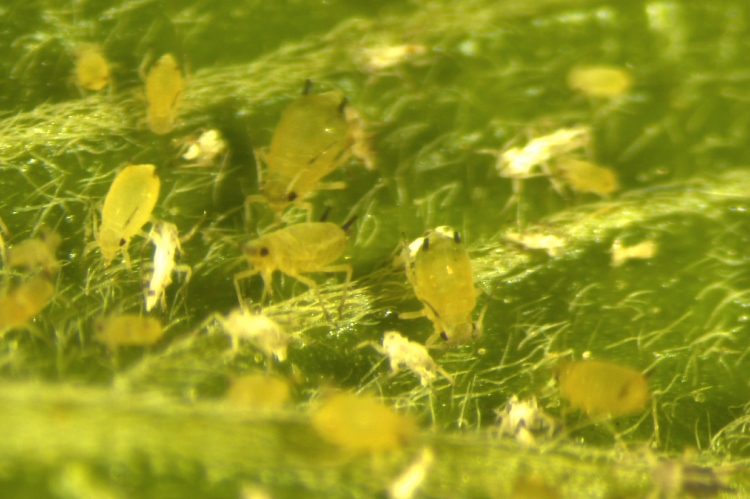Pests – Oct 2019
17 October 2019The change to cooler and wetter weather will knock back the flight of aphids into crops, although any warmer sunny days will see them flying about again.
The difficult harvest and sowing this season may have led some growers to ease off on managing the green-bridge from the last crop to the next. This could mean that aphids on stubble and volunteers might be able to survive and move onto the germinating winter cereal, and with it bring a risk of barley yellow dwarf virus (BYDV). Consequently, growers need to be concerned about aphids from the green-bridge as well as the flying aphids as potential vectors of BYDV. Emerging crops should be checked as soon as they emerge for the presence of aphid colonies; one or two aphids on a shoot are a low risk of spreading BYDV – it’s only when they start to multiply and form colonies that can spread to neighbouring plants that there is a need to consider an aphicide treatment. Unnecessary aphicide treatments increase the risk of resistance, especially in the grain aphid where there are pyrethroid-resistant populations present in Scotland. As we are limited to using pyrethroid aphicides only on autumn crops, we want to avoid exacerbating the problem so only use aphicides when aphid colonies are present.
Sign up to the FAS newsletter
Receive updates on news, events and publications from Scotland’s Farm Advisory Service

